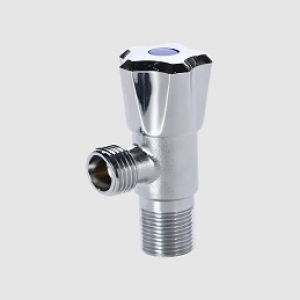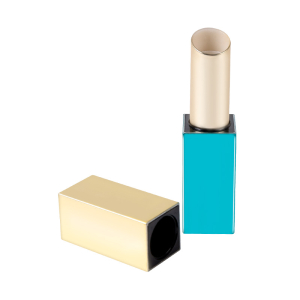The field of robotics has witnessed significant advancements, particularly in the design and functionality of manipulator parts. These components, integral to robotic arms and automated systems, have evolved from simple mechanical parts to sophisticated, high-precision tools. Modern manipulator parts are crafted from advanced materials like carbon fiber and titanium, enhancing their strength and reducing weight. This evolution has enabled robots to perform tasks with greater precision and efficiency.
The design of manipulator parts has also progressed. Early robotic arms were limited in their range of motion and dexterity. Today, innovations in joint design and actuation systems allow for more complex movements and greater flexibility. For instance, the integration of servomotors and hydraulic actuators has improved the accuracy and responsiveness of these systems.
Additionally, the development of smart sensors and control systems has revolutionized the way manipulator parts interact with their environment. These sensors provide real-time feedback, allowing robots to adjust their actions dynamically and perform intricate tasks that require delicate handling. The combination of these advancements has not only broadened the range of applications for robotic manipulators but has also enhanced their reliability and performance in various industries, from manufacturing to healthcare.
In summary, the progress in manipulator parts reflects the broader trends in robotics toward greater sophistication and versatility. As technology continues to advance, we can expect even more innovative developments that will push the boundaries of what robotic systems can achieve.






